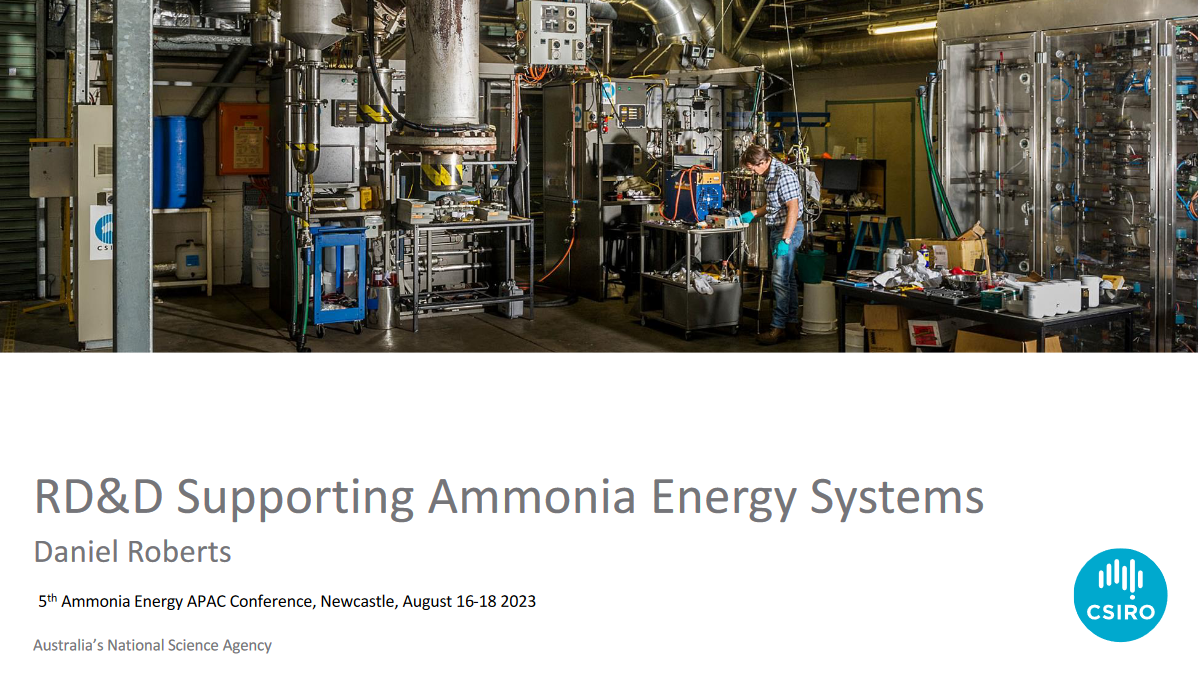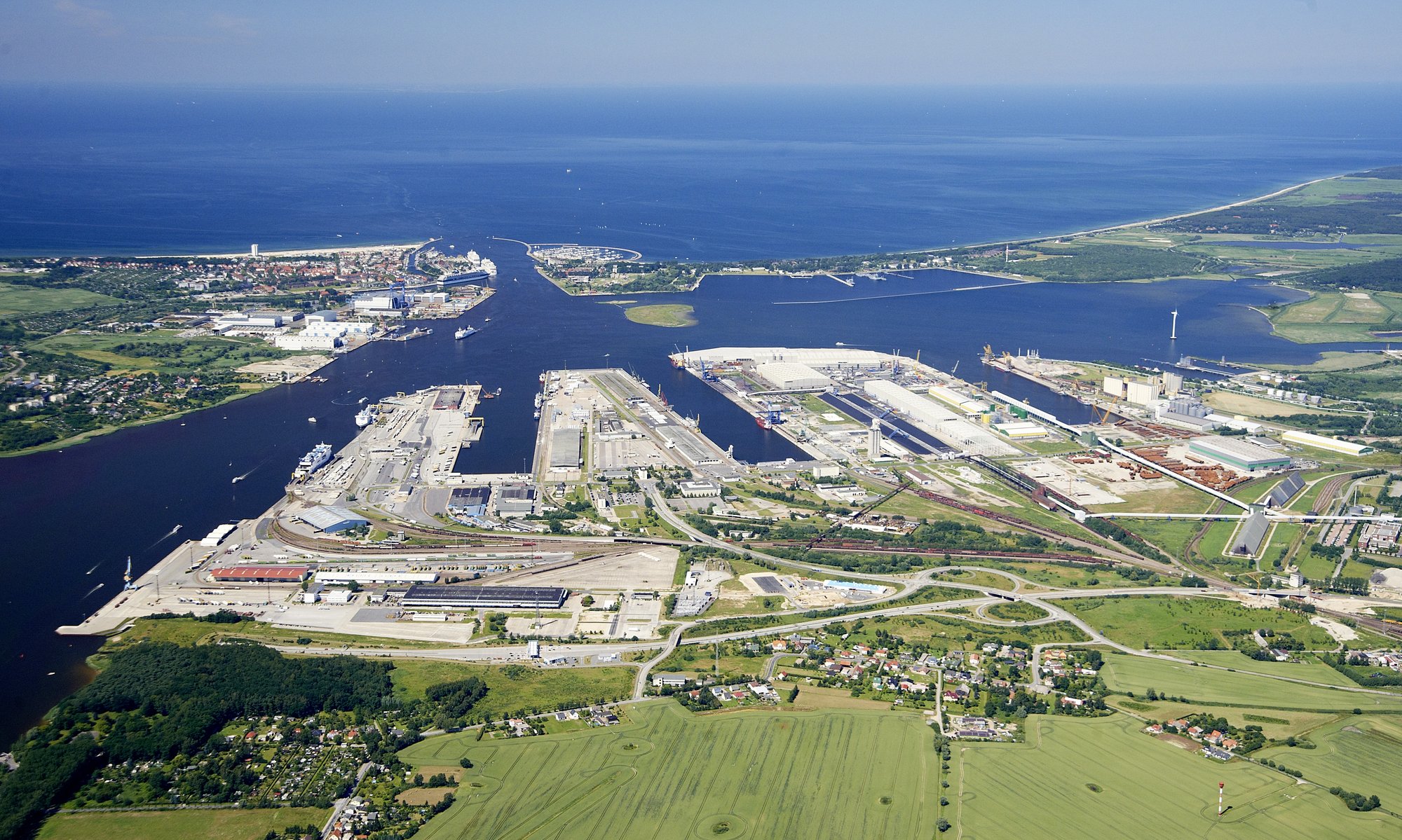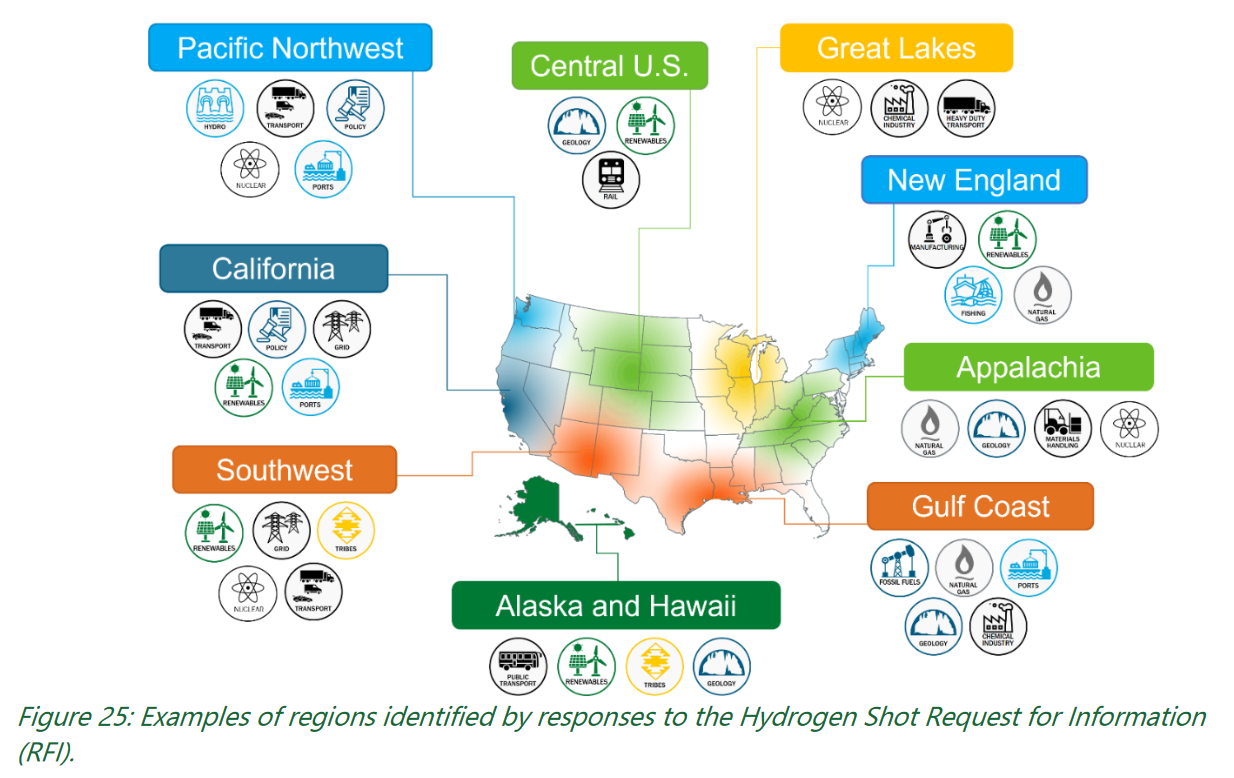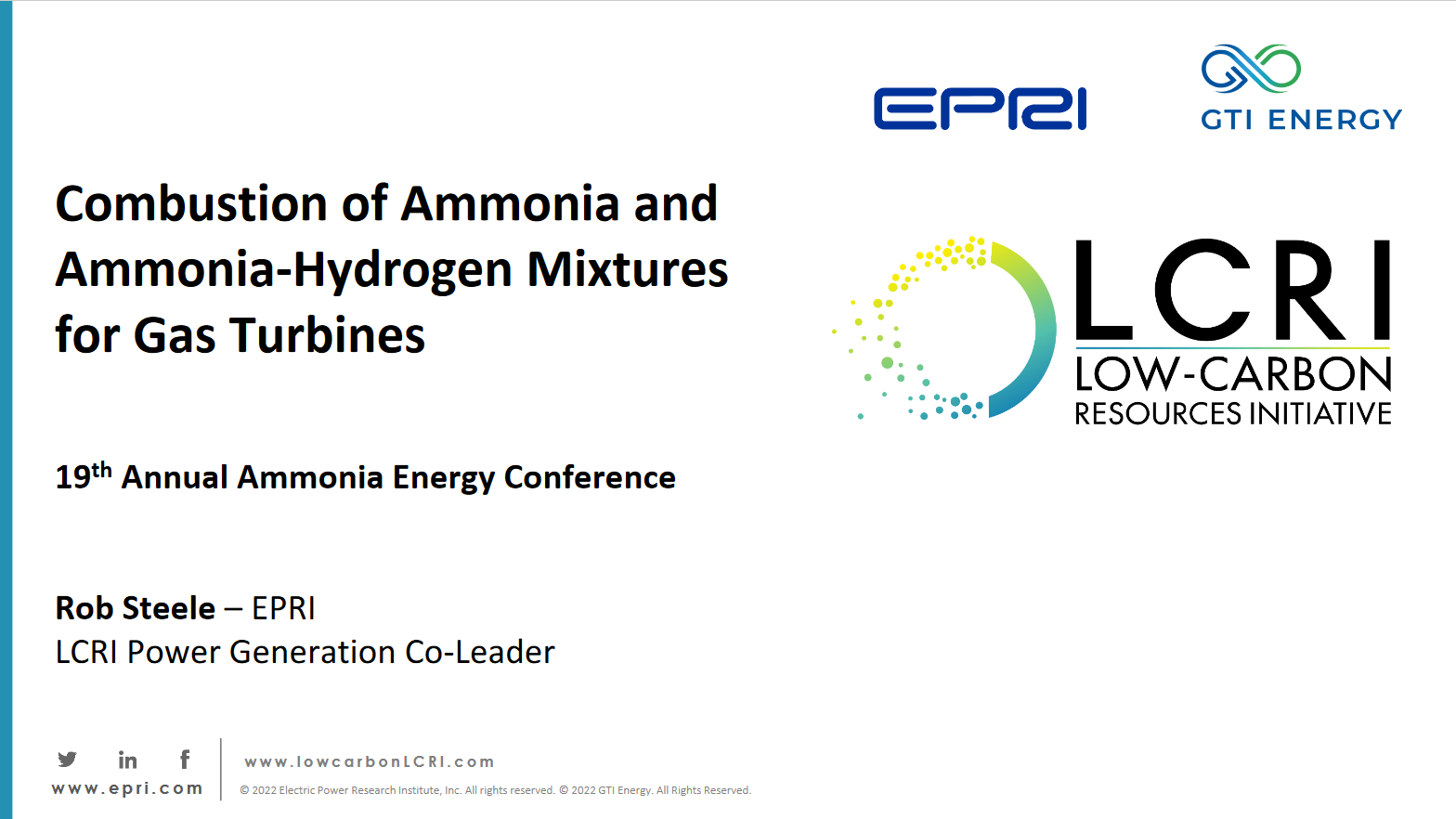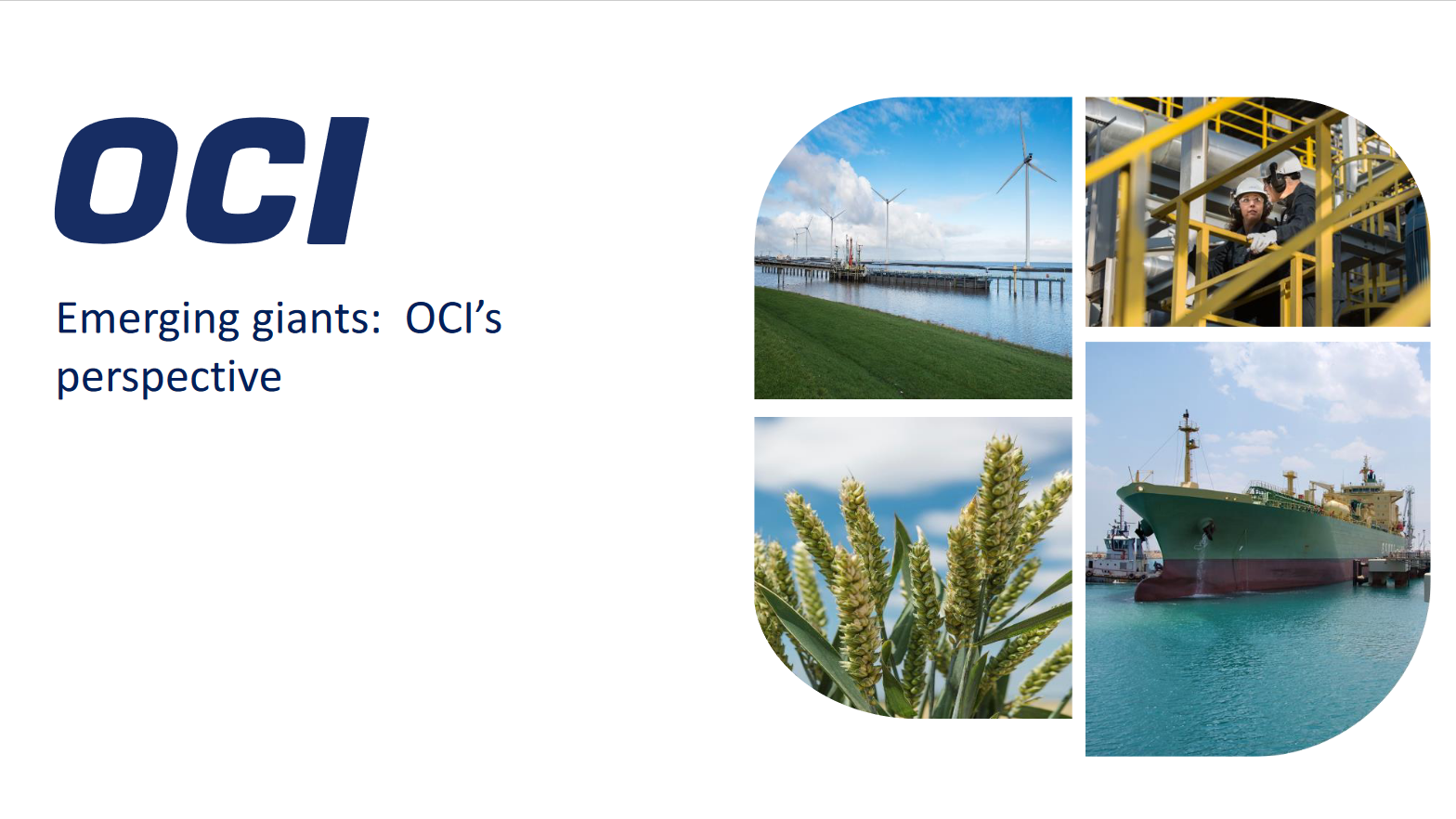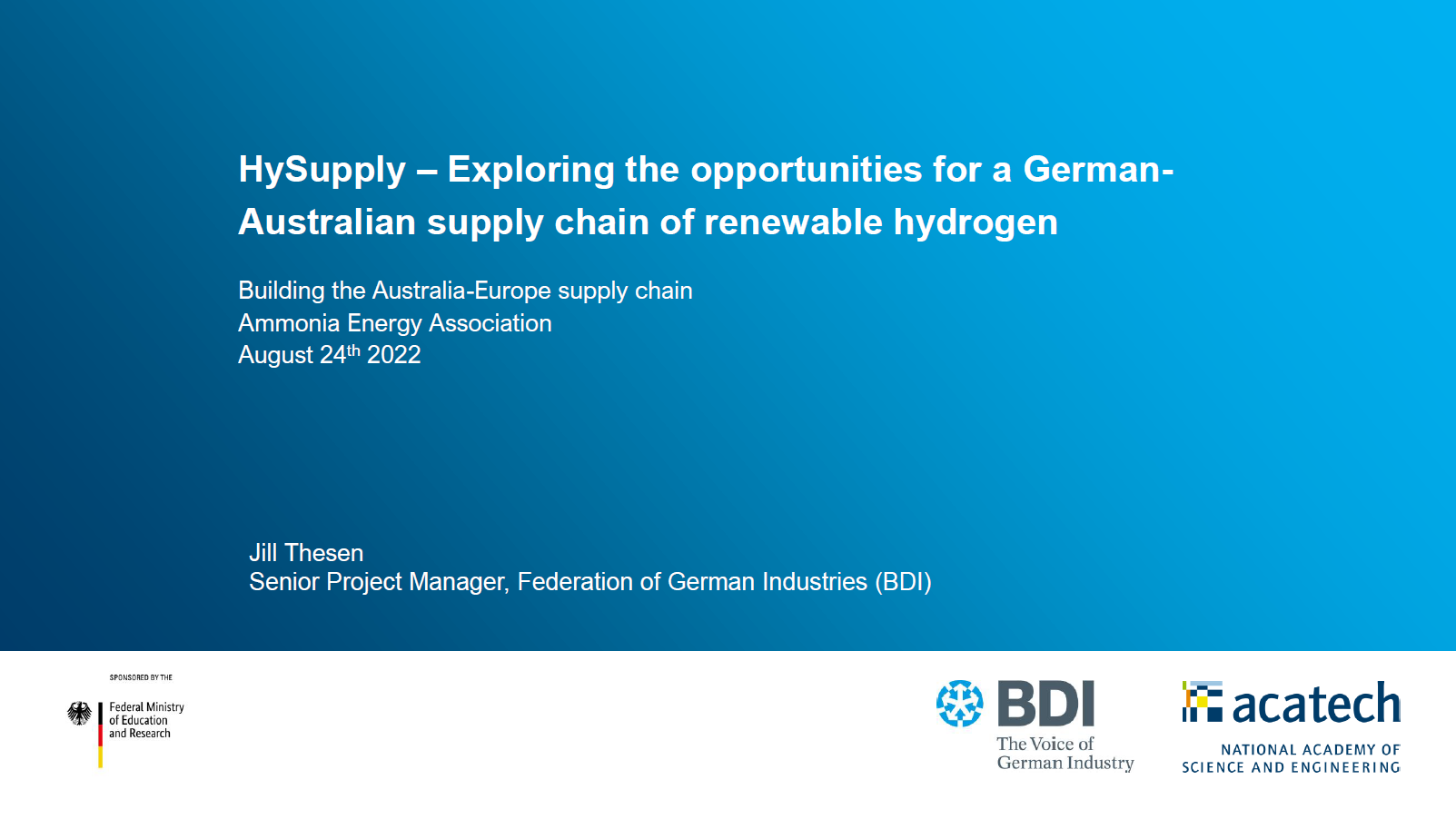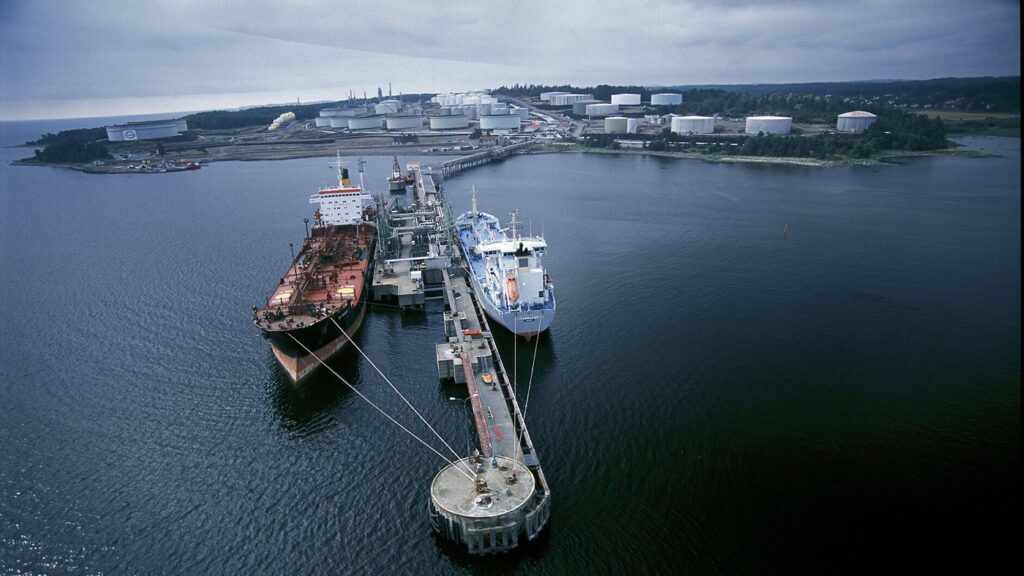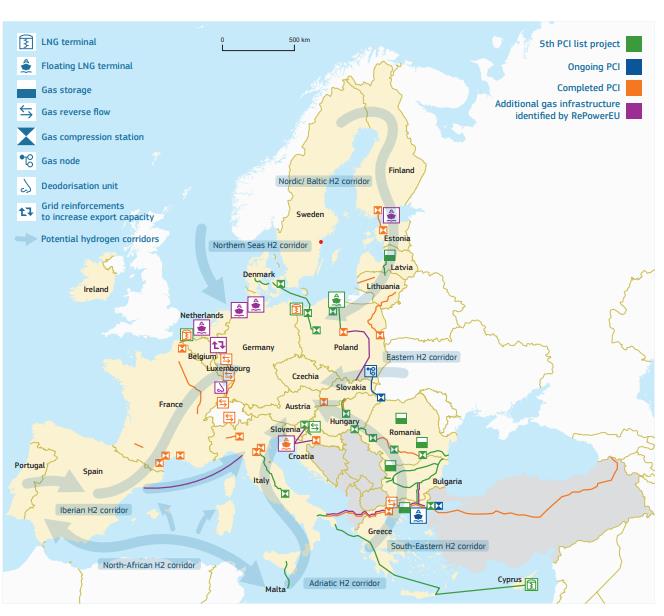EnBW, VNG and Jera will jointly conduct a feasibility study to evaluate the construction of an ammonia cracker demonstration plant at the Port of Rostock. The port joins a list of European ports where large-scale ammonia cracking is being considered, or a demonstration plant has already been announced: Antwerp, Rotterdam, Wilhelmshaven, Liverpool and Immingham amongst others.
Energy Carrier
$7 billion in funding, new roadmap for the US hydrogen industry
The Biden administration has launched a $7 billion funding program to create regional clean hydrogen hubs across the US. Between six and ten applications will be selected, drawing on a diverse range of geographical locations, technology pathways and end-use applications. Alongside the funding announcement, the Department of Energy launched a draft of a new national hydrogen roadmap, outlining the key opportunities on offer for the emerging US clean hydrogen industry.
Program on combustion of ammonia and ammonia-hydrogen mixtures for power generation
ExxonMobil’s Slagen terminal to become a low-emissions hub
ExxonMobil, Grieg Edge, North Ammonia, and GreenH will explore options to transform Exxon’s existing Slagen terminal into a production & distribution hub for renewable ammonia and hydrogen maritime fuels. The group has identified the potential to produce 200,000 tonnes of electrolytic hydrogen production per year at the site, as well as distributing 100,000 tonnes per year of renewable ammonia. Exxon’s wider plans for low-carbon ammonia also include two large-scale production hubs (one each in the US and the UK).
RePowerEU: supporting the full switch of existing hydrogen production to renewables
The European Commission has announced its latest plan to reduce the EU’s dependence on fossil imports. RePowerEU will encourage a full switch from fossil-based hydrogen to renewable hydrogen, based on the use of carbon contracts for difference. A hydrogen utilisation target of 20 million tonnes per year has also been set, composed of 10 million tonnes from domestic production and 10 million tonnes of imports. Of these imports, the EU has also forecast 4 million tonnes will be in the form of hydrogen-as-ammonia. The new plan marks a significant increase in ambition from the Fit-for-55 package released in July 2021.
